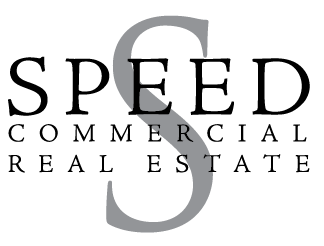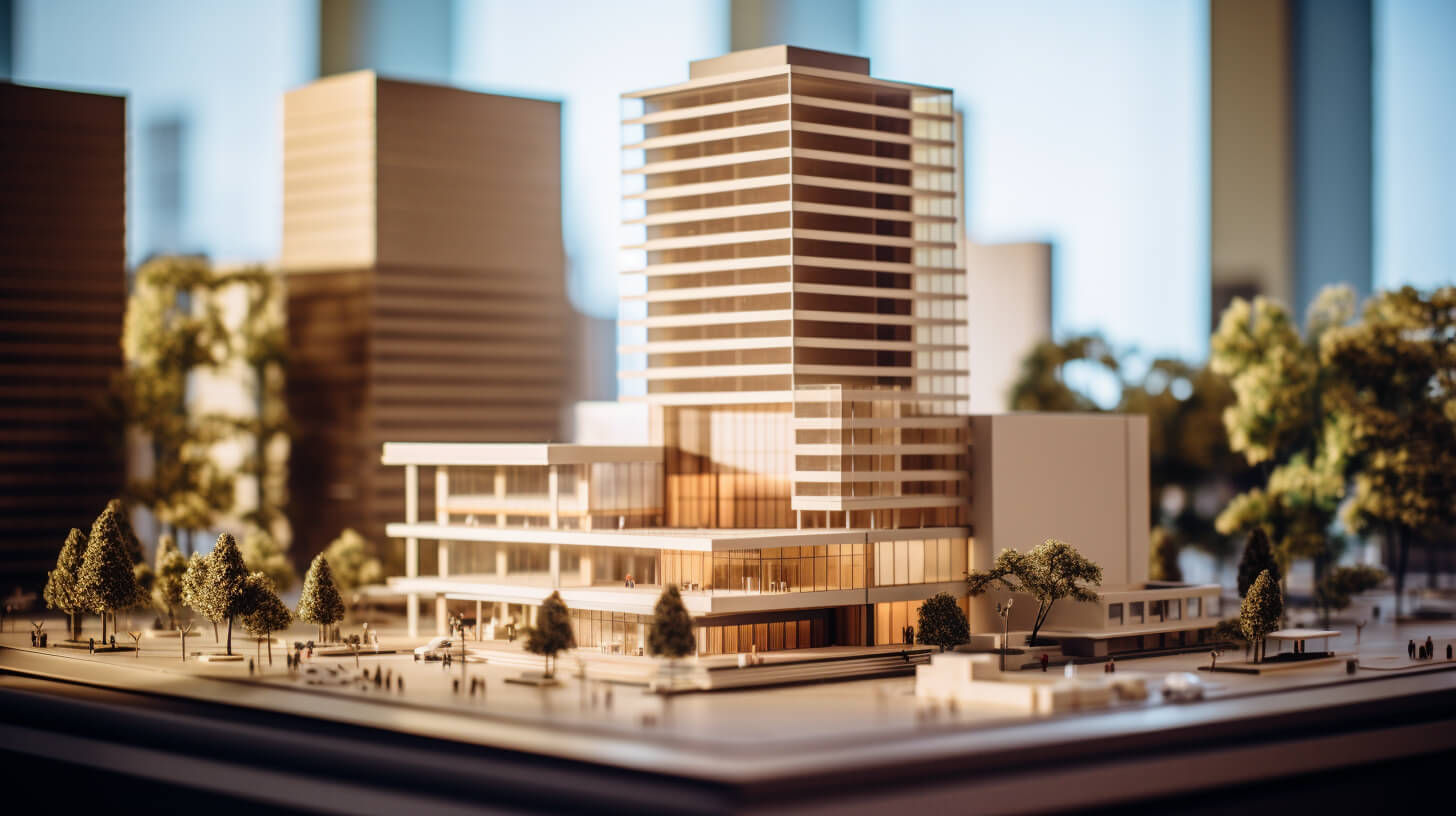Whether you’re just starting out or looking for a new, larger space as you grow, there are certain factors to consider when looking for the ideal location to rent a retail space. From the average cost of renting in your area and rent-to-income ratios to the average amount spent in your industry, the following are some of the ways to determine how much it will cost to rent a retail space that is perfect for your business.
The Average Cost to Rent a Retail Space in Your Area
The first aspect that influences the total cost of renting a retail space is the average cost of spaces nearby. As you can imagine, rent will vary largely. The cost to rent varies between cities and between areas within cities. The rent will also differ between industries.
In addition to looking at local spaces for rent, try to speak with local business owners. Also, ask a real estate broker about the average cost and the different factors influencing those prices. It’s also important to confirm whether a price listed is by square foot per year or per month. You don’t want to end up with an unpleasant surprise that far exceeds your initial calculations.
Location is Vital to Rent a Retail Space Successfully
Different types of buildings in different areas can come with very different costs. For example, if you’re looking for a nice area to rent in Jackson, Mississippi, you may end up paying as much as $28 per square foot per year. A more modest retail space in a less popular area could be as little as $10 SF/YR. For a space of around 1,500 square feet, this would translate to anywhere from $15,000 to $42,000 per year or $1,250 to $3,500 per month.
If an area seems too expensive at first, consider how the expense might be worth it. If you can attract enough customers and earn enough to make it profitable, it may still be a good choice.
The Cost of Common Area Maintenance, Taxes, and Insurance Premiums
In addition to the rent amount listed, consider other expenses that will add to that monthly or yearly cost. For instance, your landlord may charge you for utilities, insurance premiums that they currently pay, property tax, and what is known as “common area maintenance”. This entails maintenance of all rented property including the facility, parking lot, side lot, or any other designated common area.
Keep in mind that these costs could be steep and potentially even equal the rental price.
Use Unit Economics to Determine What You Can Afford
Considering all the potential costs of moving to a retail space, it’s important to figure out how much you can actually afford before settling on the ideal location. You may have enough to cover the costs of renting and all other expenses piled on. Still, ask yourself if the move to the new location will be profitable or hold you back in the long term. One of the best ways to gauge the affordability of a retail space is to look at unit economics. What you sell and how much revenue you earn or are projected to earn could also factor into your decision.
Rent a Retail Space with Customers in Mind
As an example, you might sell a product that goes for around $15, but it costs you around $8 to manufacture and sell. This puts you at a profit margin of around 53 percent. Use the cost per acquisition of a customer to help gauge the affordability of a retail space. Let’s say that it costs around $50 to acquire a customer with all costs of the product, marketing, and sales. If that customer spends an average of around $80 each time they buy from you at your location, that’s a $30 profit per customer.
Find the amount of predicted revenue that you’re likely to make every month. Then, use this to calculate the total amount that the retail space would cost you comparatively. If your monthly income is around $60,000, for instance, and your rent per month is approximately $10,000, that means that rent costs about 16.6 percent of your monthly revenue.
Consider Potential Changes in Revenue and Costs
Depending on your situation, you may find that your monthly or yearly revenue fluctuates. Consider the patterns that you’re used to seeing or the projected growth that you’re expecting to experience. Use this information to help you determine whether moving to a new retail location is the right decision. You may find that it’s best to keep shopping around for another prospective location. Or, delay the move until you can gather enough funds and resources to make the transition as comfortable as possible.
Also, consider different costs based on your industry. According to Austin Tenant Advisors, retailers should limit rent to around 5 to 10 percent of their gross annual income. A law firm may be able to afford higher rental rates of around 15 percent of their yearly revenue.
Every location and every business will be different. Take the time to determine which location is best. Consider your business’s specific needs and what you can actually afford. If you find that moving to a new location will only enable you to break even without seeing any real profit, consider looking elsewhere. Or, allow your company to grow before making the big move. You might be excited to conquer new ground and open a new location to attract more customers. However, it may require some time and thorough research before you can realize that dream.
If you would like some help finding the right retail space for your business, contact Speed Commercial Real Estate. We’ll work with you to locate the right property for your company, whether you’re a new business looking for your first physical store or a well-established company scouting a new location.

